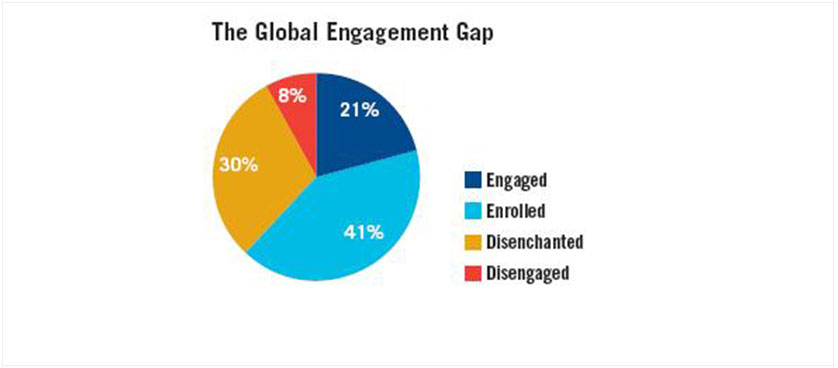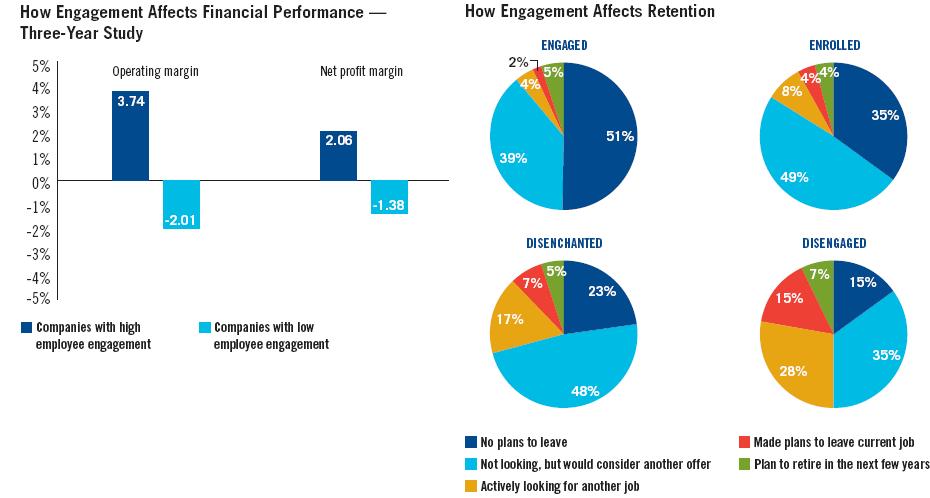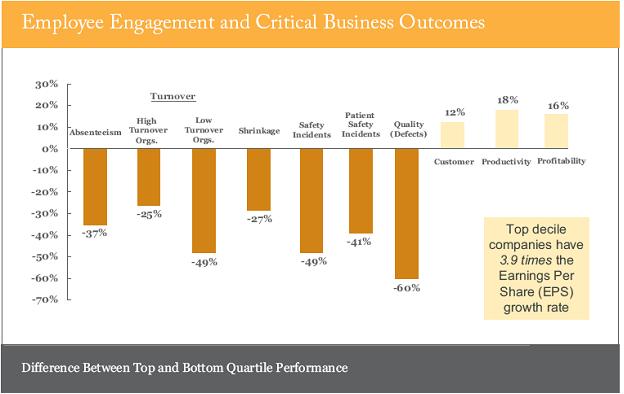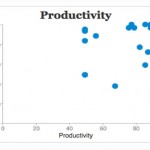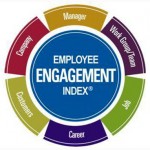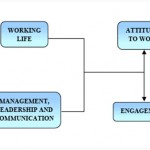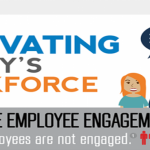Employee engagement and organisational performance
Engagement is all about getting employees to ‘give it their all’. Various research studies show a strong connection between an employee’s level of engagement and the level and quality of work performance.
Elements of engagementThe concept of engagement has naturally evolved from past research on high involvement, empowerment, job motivation, organizational commitment and trust.
Dr. Paul Bernthal (2009) proposes that engagement comprises of individual value, focused work, and interpersonal support with the following sub-components that further define the meaning of engagement:
- Individual Value – Employees feel more engaged when they are able to make a unique contribution, experience empowerment, and have opportunities for personal growth. The perception of meaningful work is one of the most influential factors in determining employees’ willingness to stay with an organization.
- Focused Work – Employees feel more engaged when they have clear direction, performance accountability and an efficient work environment.
- Interpersonal Support – Employees feel more engaged when they work in a safe, cooperative environment.
“Role theory” reviews different roles that people engage in at work and explains reasons why people engage in certain roles and not in others (Welbourne, 2003). Engagement is about what people do at work. The Five work-related roles differentiated are:
1. Job holder role – employees come to work and do the job that is listed in their job description.
2. Team member role – employees go “above and beyond” to help members of their team work toward common goals.
3. Entrepreneur role – employees come up with new ideas and processes and try to get those ideas implemented.
4. Career role – employees do things to enhance their career in the organization; they learn, they adapt new skills and more.
5. Organization member role – employees do things that promote and help the company even if it’s not part of their jobs or their team’s duties.
Employee engagement and performance measurementResearches on employee engagement use different approaches. According to the global workforce study conducted by Tower Perrins, only a fifth of the respondents can be categorized as engaged (Towers Perrin, 2008). The largest segment, over 40%, is the so-called “enrolled,” perhaps best described as capable but not fully committed. The four categories of employees engagement are presented below:
The same workforce study reveals that a spread of more than 5% in operating margin and more than 3% in net profit margin was observed between the companies with high employee engagement and those with low engagement. How engagement affects financial performance and retention in companies is illustrated in the figure below.
Another employee engagement research approach was developed by Gallup Consulting, which uses 12 questions (Q12) to measure the employee engagement (Gallup Consulting, 2008). Gallup’s latest meta-analysis (an analysis of data from more than 152 organizations) shows dramatic differences between top and bottom quartile workgroups on key business outcomes, as it is revelead in the the figure below:
Answers to the Gallup’s questions (Q12) that measure employee engagement correlate with retention, productivity, customer engagement and safety.
Why is important to measure engagement?Some companies use engagement scores as lead measures in their HR scorecards. When an organization can show the relationship between engagement scores and bottom-line outcomes, everyone pays attention to the engagement index. Establishing this critical link between people and performance helps HR professionals prove that people-related interventions are a worthwhile investment.
How do you measure the employee engagement in your firm?
For further examples of performance measures and reports explore the Human Resources KPIs in practice section of smartkpis.com (smartKPIs.com 2010). The employee engagement index is available at: http://www.smartkpis.com/kpi-key-performance-indicator/employee-engagement-index-1836.html
References:- Bernthal P. 2009, Measuring Employee Engagement, Development Dimensions International, Inc.
- Gallup Consulting 2008 -2010, Employee Engagement , What’s Your Engagement Ratio?
- Towers Perrin 2008, Global Workforce Survey, Closing the Engagement Gap: A Road Map for Driving Superior Business Performance
- Welbourne T. 2003, Employee Engagement: Doing It vs. Measuring
- Towers Perrin, 2008
- Source: Gallup Consulting, 2008, 2010

Tags: Human Resources performance, Performance Measurement, The Global Engagement Gap, Towers Perrin

